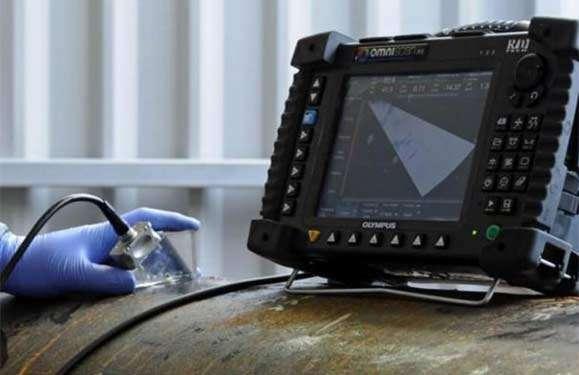Notifications

6 minutes, 12 seconds
-12 Views 0 Comments 0 Likes 0 Reviews

In the era of advanced technology, quality assurance has moved from the realm of traditional inspection to that of smart technologies with complex designs and sophisticated abilities. Considering the overall design, safety, and integrity of materials today, industries measure these against many precision quality parameters. Among these methods, Phased Array Ultrasonic Testing (PAUT) serves as a key principle within the complex landscape of quality assessments. Key for industries needing absolute perfection are high testing speed, impressive accuracy, and flexibility.
Phased Array upgrades from the conventional type of ultrasonic testing methods by incorporating a series of piezoelectric elements in a single probe; each element can be pulsed separately to transmit sound. This feature allows the operator to electronically control the angle and depth of the sound beam to provide a more complete and precise examination of the material. As a result of its integral imaging system that can produce a real-time high-definition image of the material's internal structure, PAUT ensures that the defect will be detected, which could have been missed by radiography. Benefits accruing to PAUT have continued in its application to this broad spectrum of materials and geometries.
As ever, with the technology being largely embraced, there is a growing demand for competent people to operate and interpret PAUT flawlessly. These courses provide wave physics, data interpretation, equipment calibration, and compliance standards to inspectors. Time of Flight Diffraction (TOFD) enhances defect sizing and detection capabilities when paired with PAUT. Certified and well-trained inspectors form the basic asset that keeps quality assurance intact. Phased Array and TOFD Training programs are important for developing this innate knowledge in their respective trainees. On one hand, investing in training boosts the precision of inspection, and on the other, market supremacy comes with consistent delivery of achievable, safe products free from defects.
In sectors such as oil and gas, aerospace, and nuclear energy, safety is not just good practice—it is a must. Component failure due to undetected flaws may mean a catastrophic outcome. If this can penetrate our testing protocols, an increased level of successful detection of flaws is expected, plus the potential for compliance with global safety standards. Equipped with Phased Array, the inseparable training element ensures transparent error documentation and merges with the world of digital records. This documentation can track each flaw over time, and compliance reports for stakeholders can be generated in no time. This quality implements transparency and traceability in an industry subjected to regulations.
PAUT is indeed a mighty tool for inspections, but two or more NDT methods exist that can complement its properties from another perspective. One such complementary method is Infrared Thermography Services from RVS Quality Certifications Pvt. Ltd. that highlights the thermal imaging to detect infrared patterns to isolate issues such as electrical failures, insulation failures, and mechanical wear—the things that ultrasound waves may not be able to pick up on. Especially effective for predictive maintenance programs, infrared thermography facilitates rapid, non-contact assessments of electrical panels, motors, and building motor components. When done in tandem with PAUT, it provides a whole new quality to inspection efforts without harm, preventing some unexpected replacements.
In high-stakes projects, using just internal inspection teams could raise concerns regarding bias or negligence. These audit services provide impartial views on materials, welds, and components to ensure compliance with the regulatory and contract terms. That is where Third-Party Inspection Services come into play. Including third-party inspectors in the quality chain helps build trust between clients, auditors, and insurance companies. Complementing PAUT with such inspections adds another shield of credibility, for the inspection derives from the nature of the data and evidence. The proof gives a sense of acceptability and enhances confidence for all actors in the chain.
Insofar as those in science and industry seek smarter, reliable, and efficient testing and evaluation methods, the demand for the fallout of the testing only increases as the application of Phased Array finds more resonance due to its formidable precision, digital integration, and sector-wide adaptability. Supported by more well-considered training and bolstered by thermography services, further validated by third-party assessment, PAUT converts from being just one inspection tool to one upon which modern QA systems are built.
safety Compliance testing PAUT quality inspection Phased Array methods training

